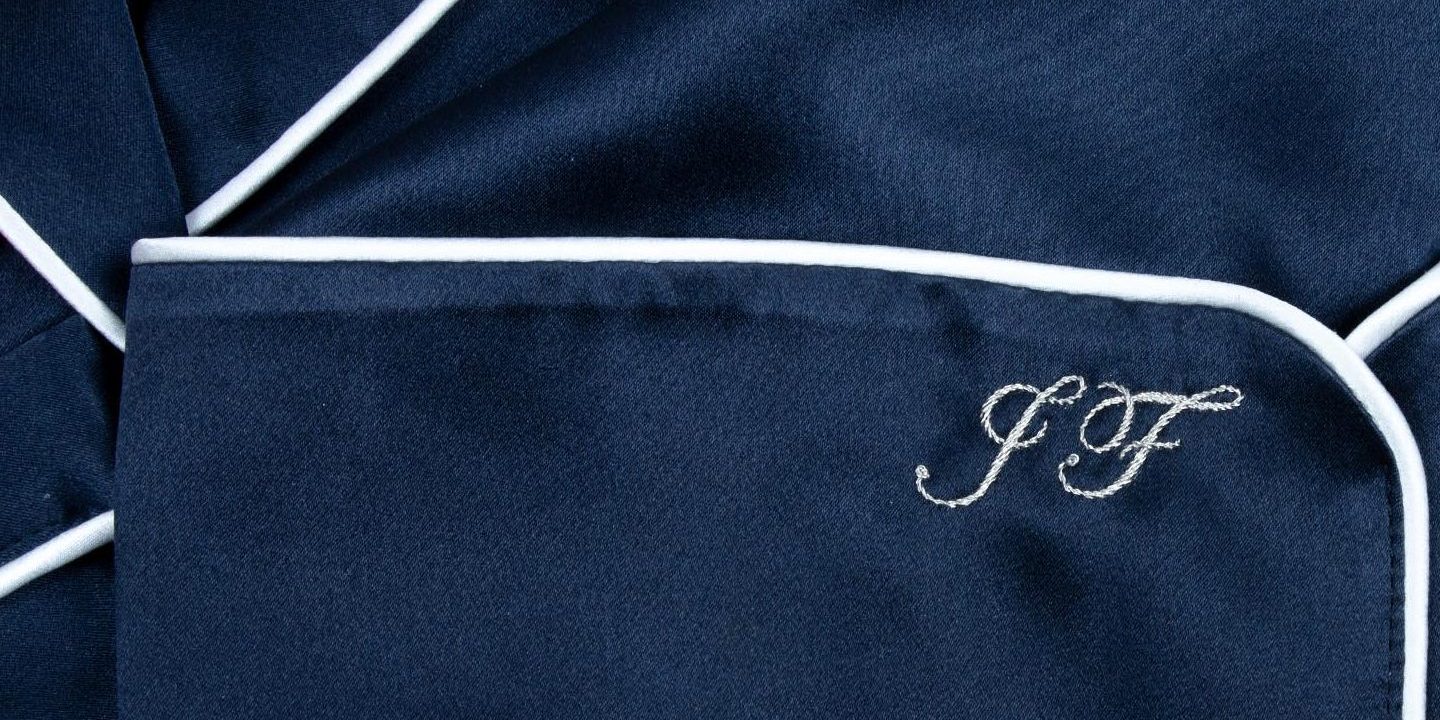

What have the Royal Cypher of Queen Elizabeth II, the German Renaissance artist Albrect Dürer and the French luxury goods brand Louis Vuitton in common? Each of them can be recognised by a stylised motif made of just a few interconnected letters. In modern culture we see it all the time with the stylised and iconic MTV, the interlinking Cs of Chanel and the bold iconic BBC. Brands call them logos or trademarks but their origin has more to do with the humble monogram.
The first monograms were abbreviations of the names of Greek cities minted onto early coins, the practice was widely used in art and sculpture to signify the mark of the maker. A similar idea was used in early Christianity to denote a place of worship. An eight spoked wheel was an adaptation of the acronym for ‘Iēsous Christos, Theou Yios, Sōtēr’ which translates to ‘Jesus Christ, Son of God our Saviour’. The wheel consisted of five letters, entwined and reduced to their simplest form.
Centuries later, artists such as Toulouse Lautrec, Wassily Kandinsky and Albrect Durer marked their works with letters arranged cryptically. Artists deploying the monogrammatic style were keen to tap in to the classical symbolism of the ancient Greeks to associate their artworks with the perceived peak of human cultural civilisation.
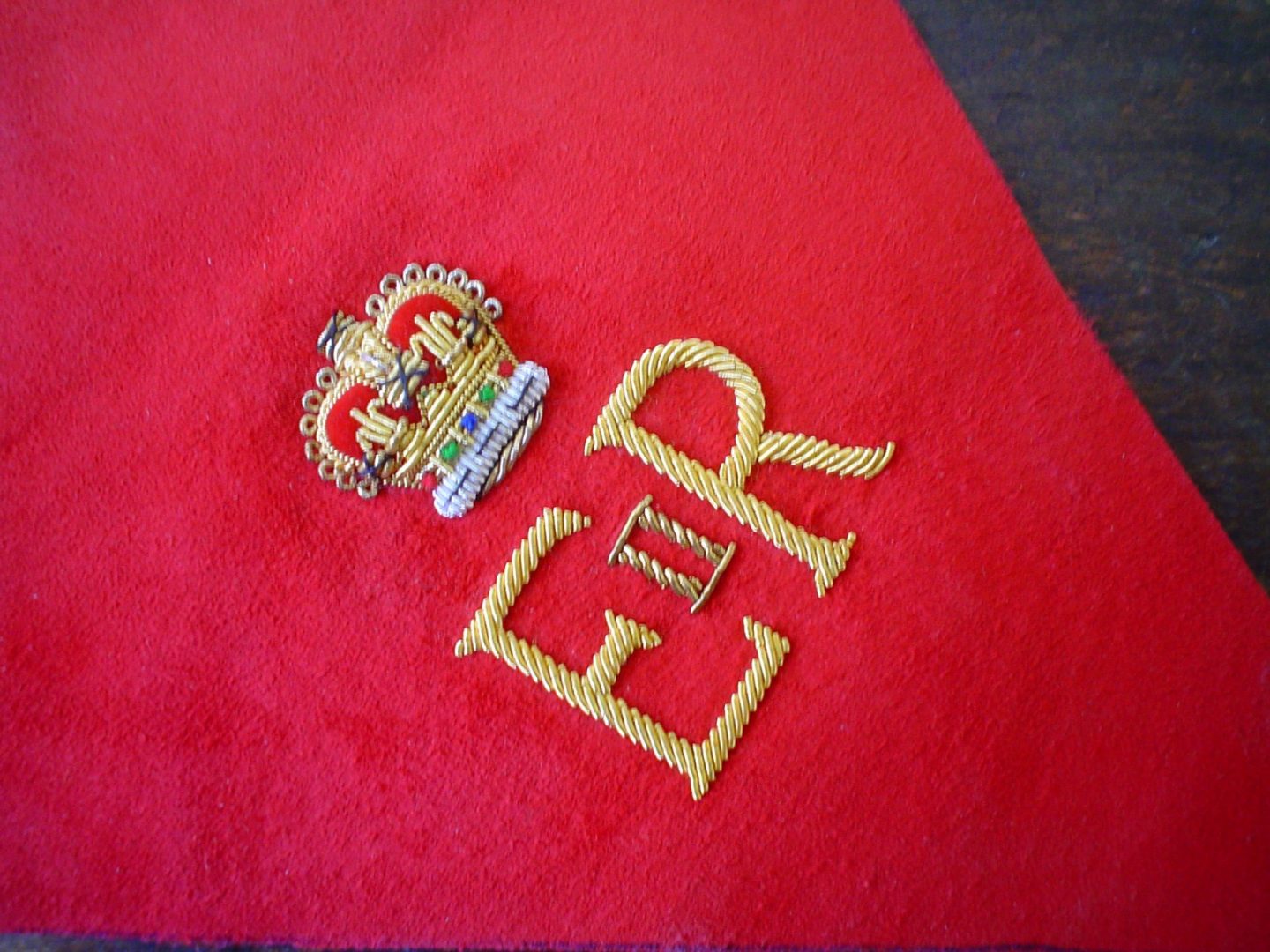

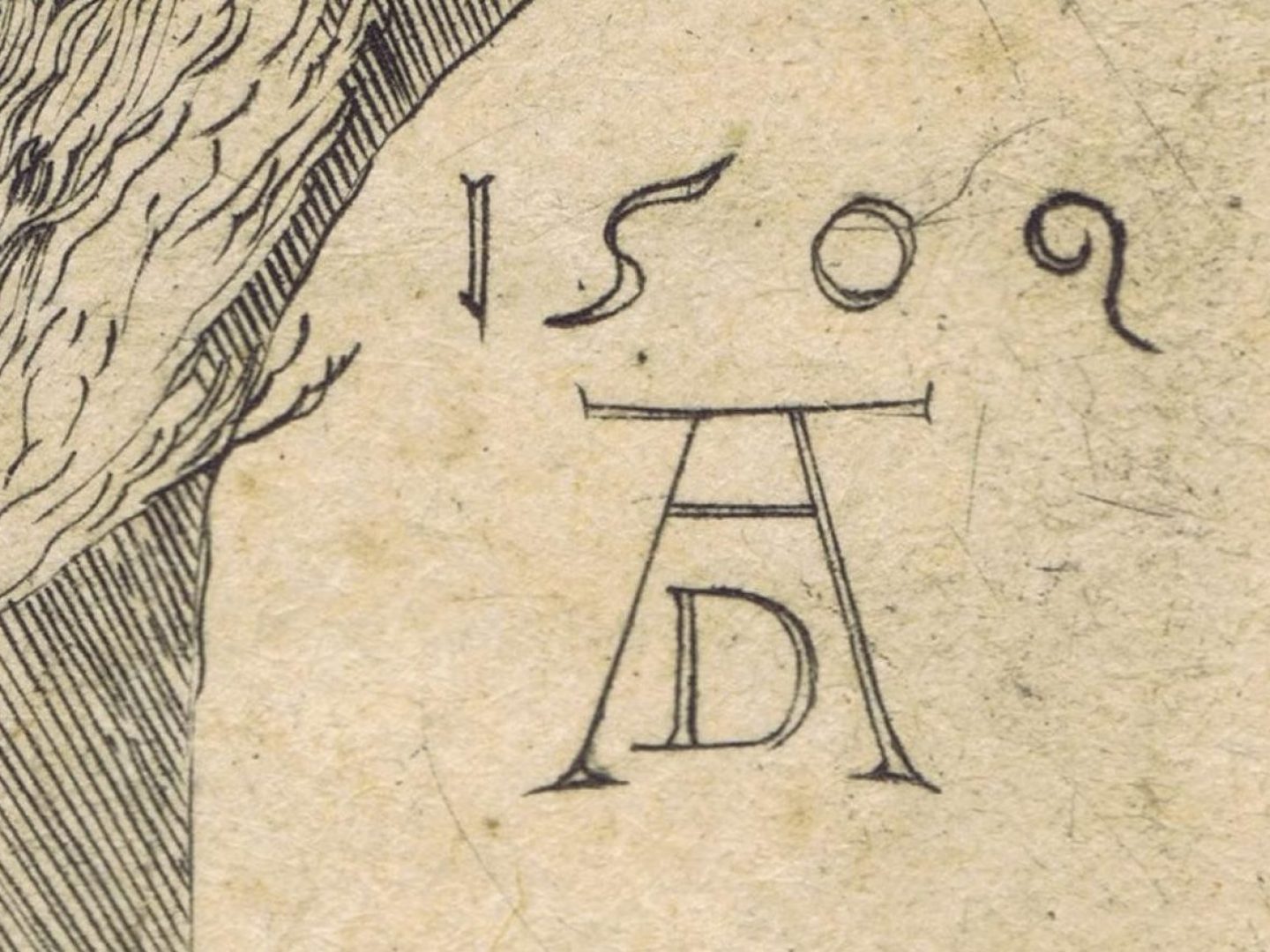
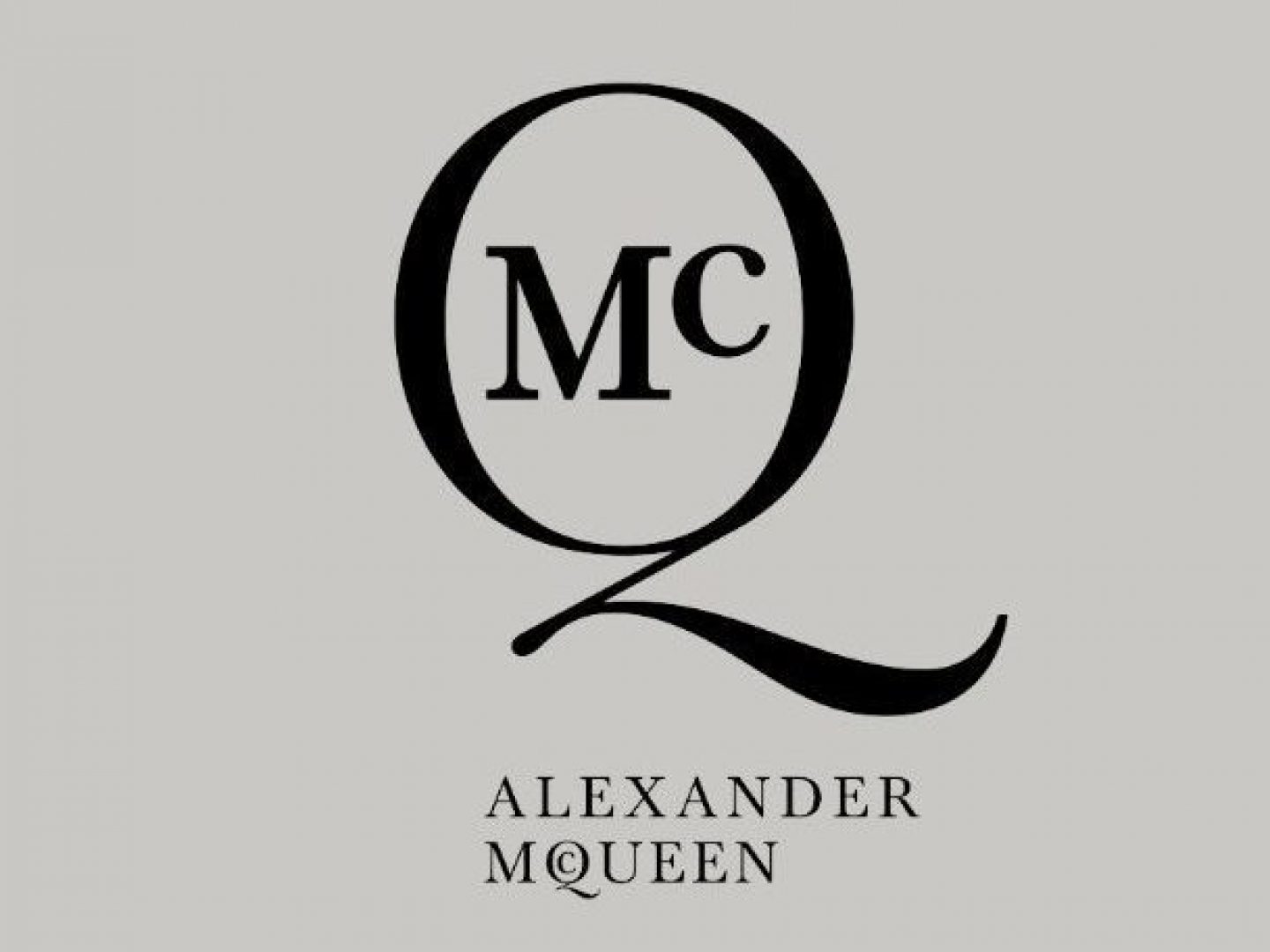
Royal cyphers, come from a long line of European royal tradition. Each cypher usually consists of entwined letters beneath a crown. In the case of the Queen Elizabeth II the letters are not usually entwined and two IIs sit between the letters. A monarch will sometimes select a regnal name for their reign, in the case of the current Queen’s father, Albert (Bertie) chose George and was crowned King George VI. The young Princess Elizabeth chose to keep her given name and became Queen Elizabeth II. Prince Charles is rumoured to be considering George VII meaning future cypers might read GVIIR. The cyphers can be seen on the iconic red postboxes, official royal correspondence, the gates of Buckingham palace and embroidered in goldwork on to military and ceremonial uniforms.
The aristocracy and emerging middle classes were keen to emulate the Royals. In western sartorial circles the first embroidered monograms served a functional purpose rather than a stylistic one. Laundry rooms for large households and laundry businesses in small villages would use a subtle monogram to identify what garments belonged to whom. This included bed linen, wash cloths and clothing. As with many once functional aspects, it took on a decorative quality and by the 16th century it had become a fashionable addition to an item of clothing.
The development of Savile Row (Originally Savile Street) and the tailoring businesses that took root, cemented the monogram as a staple of the gentleman’s wardrobe.
At first these monograms followed strict rules about letter arrangement and placement but over time the rules have loosened and by the 21st century anything goes.
Fashion labels are always seeking the most direct way to market their brand. As such companies as varied as Alexander McQueen, Yves Saint Laurent and Dolce Gabanna can now be easily identified by their stylised initials.
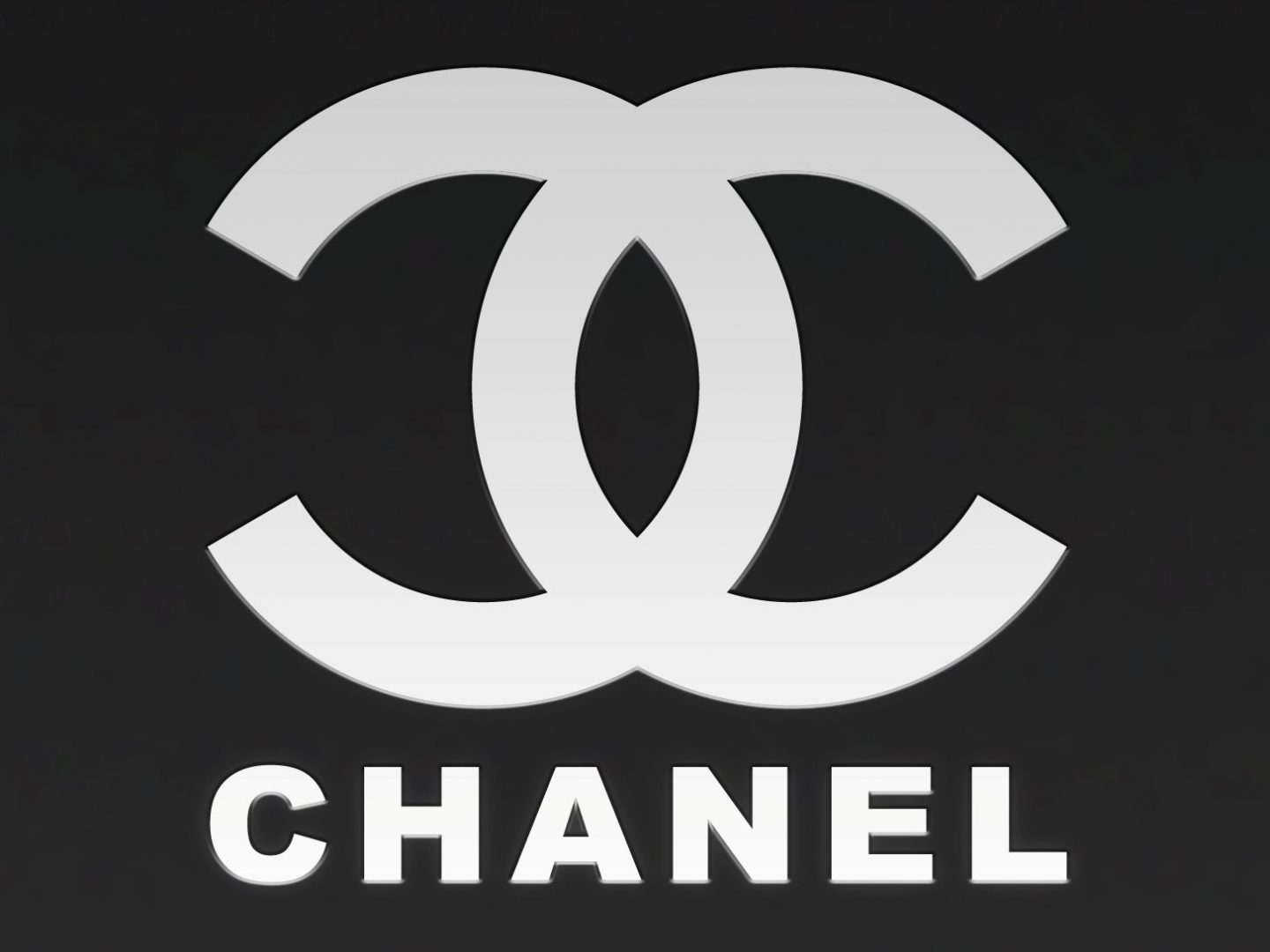

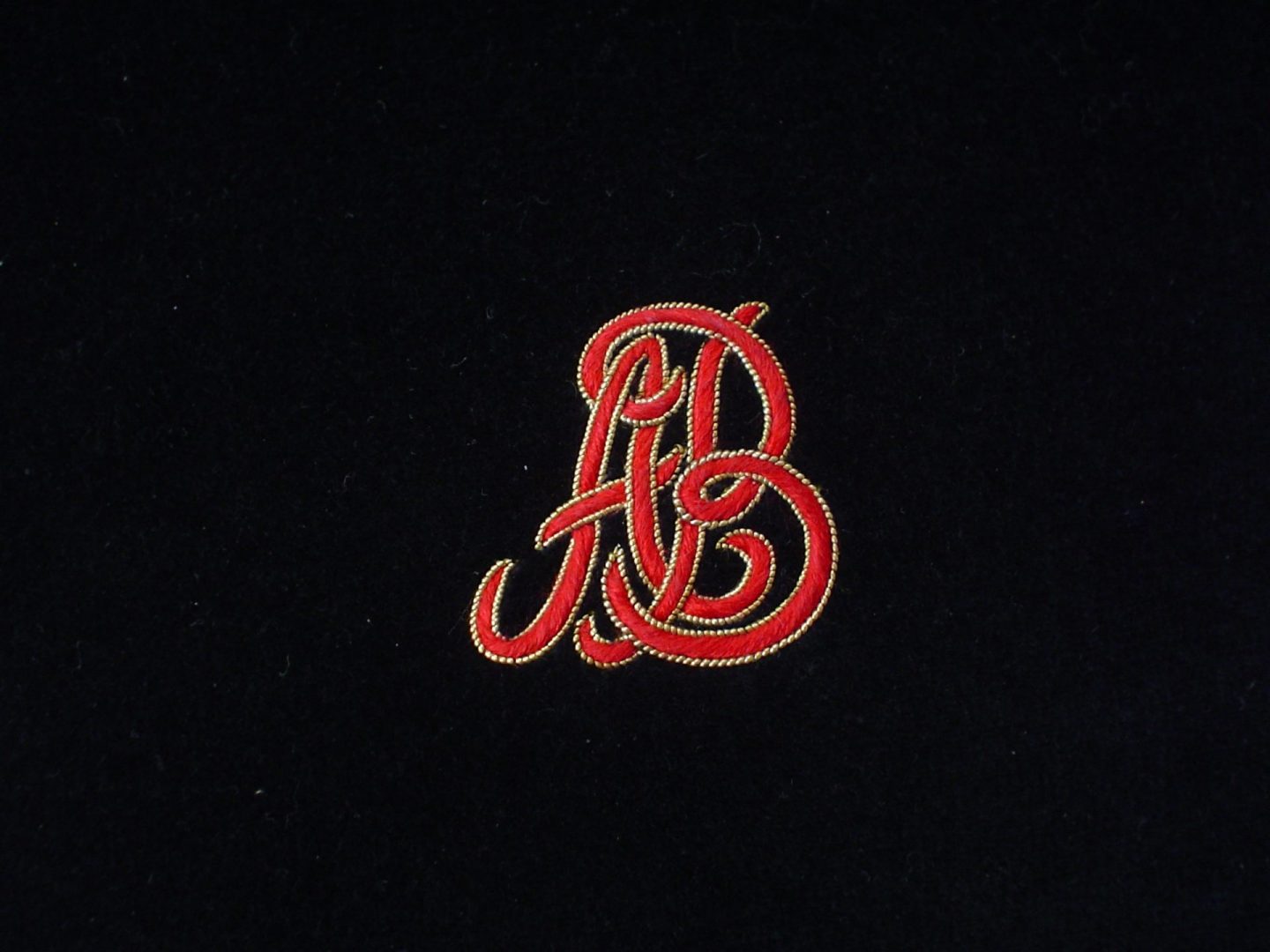
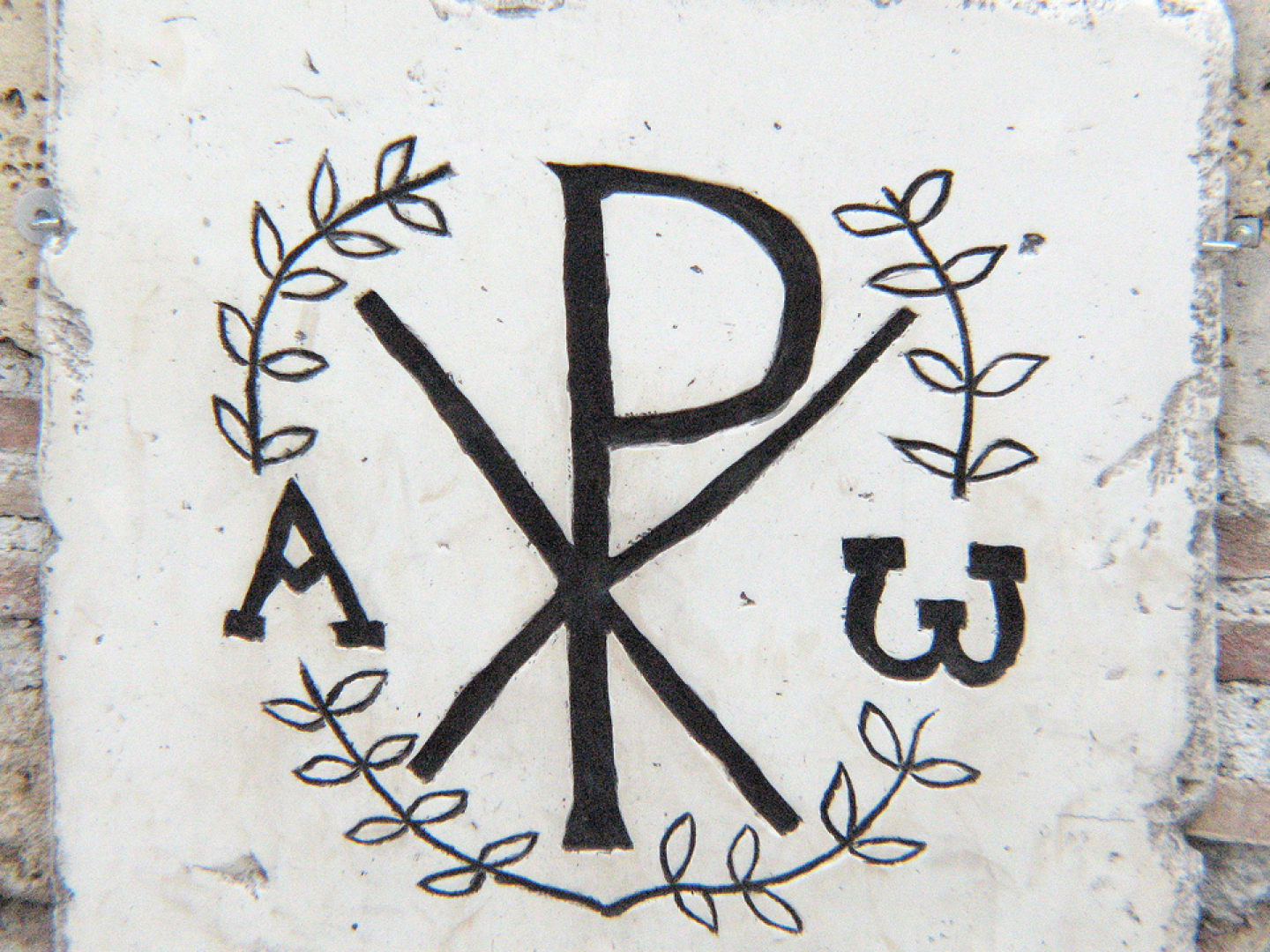
These idents are meticulously designed to also convey the ethos of the brand, which changes depending on the whims of their shoppers. Older companies are sometimes keen to move away from their historical associations and have taken to removing serifs and adopting more modern minimal styled block fonts.
The proliferation of monogramming in our social media age means people are taking up personalisation more than ever. Hand & Lock’s Production Director, Jessica Jane, believes the explosion in monogramming is a return to quality; a reaction against poor quality, disposable fashion. ‘People are investing in quality garments that they want to have for life. When investing in the highest quality, monogramming is a natural progression’.
Hand & Lock’s embroidered monograms on Savile Row shirts are hand drawn. Then these tiny drawings are traced and, using an ancient technique called ‘pricking and pouncing’, transferred onto the fabric. Finally, and most importantly a skilled embroiderer uses high quality threads to create the letters. One single letter can take as much as two hour to complete.
The embroidered monogram is part of a wider history connecting European Royals, with renaissance artists, the modern fashion industry and the earliest Christians. This graphical shorthand once a simple way of abbreviating and conveying information has now become an elegant art in its own right.
For more information about traditional hand monogramming contact our London studio on 020 7580 7488 or email enquiries@handembroidery.com
